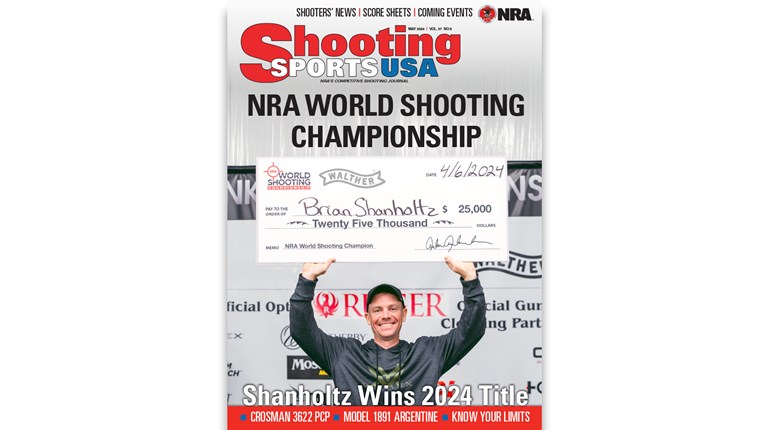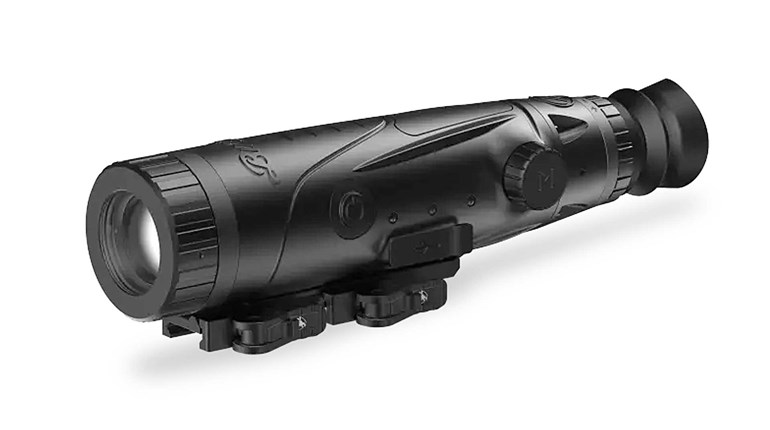
Optical sights, whether red dot or conventional scopes, have become common in a number of shooting games and they've allowed shooters with aging eyes to remain competitive. Recently, a newer breed of compact red dot reflex sights have become major players due to their light weight and multiple mounting options that let them mate easily with virtually any firearm. Their popularity is likely to increase with the July 2015 decision by the United States Practical Shooting Association (USPSA) to create the Carry Optics Division, which allows Production Class handguns to use a slide-mounted reflex sight.
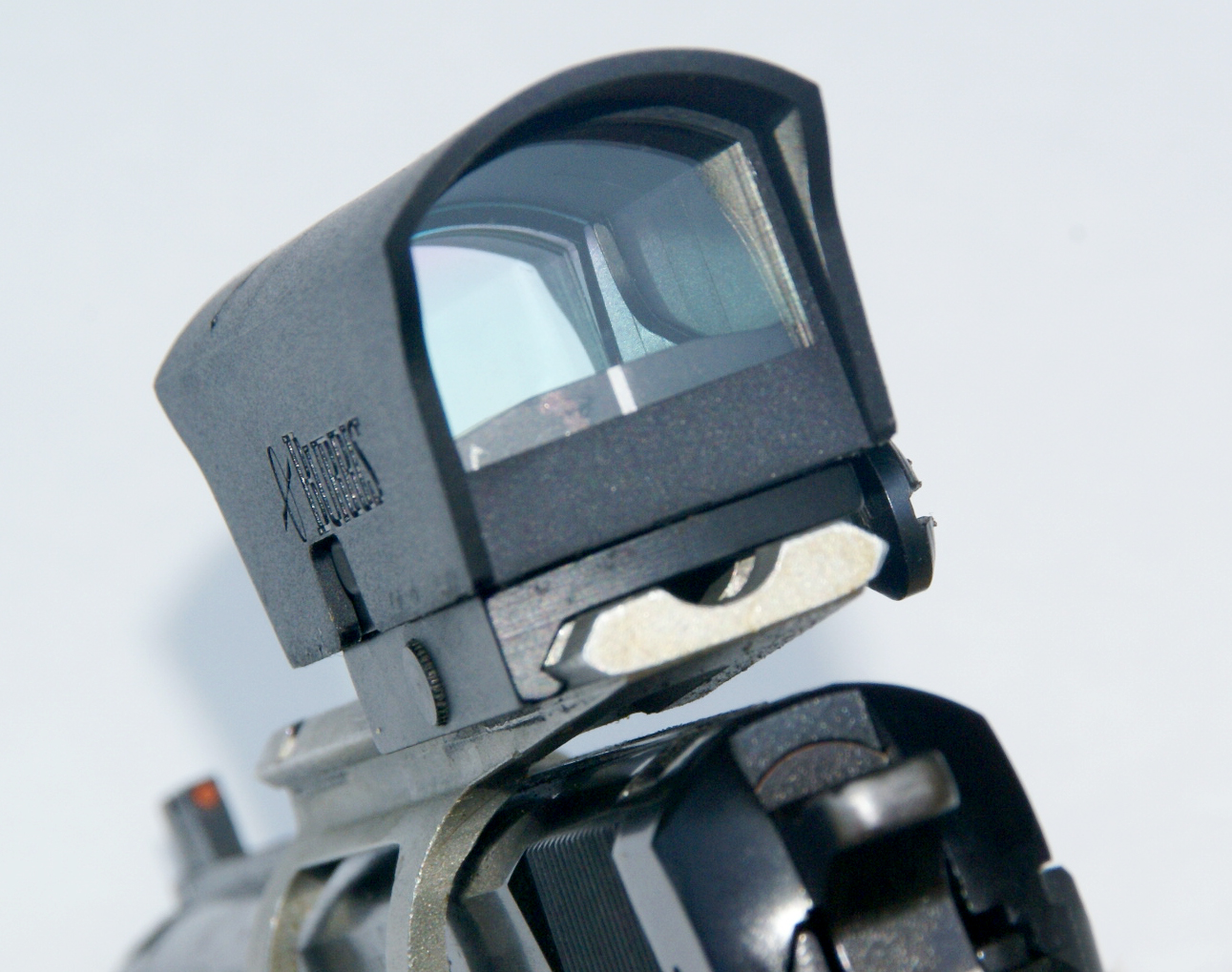
There are a number on the market and some are designed and suited to specific applications. The Burris FastFire III, introduced in 2012, goes beyond specific games and offers a level of versatility that allows it to be a competitive sight in many.
The FastFire III weighs in at 0.9-ounces, measures at 1.9-inches in length and 1.0-inches in both height and width. Mounting holes on the sight base allow it to be mounted directly to a properly drilled slide, mounting plate, a dovetail mount replacing the rear pistol sight, or to a Weaver/Picatinny-style mount base that can be rail-mounted just about anywhere. The appropriate mounting screws and torque wrench are included, as well as a small screwdriver to adjust the sights. A nice touch is the supplied snap-on sight cover that protects the sight from rain or overhead glare while allowing the shooter to look right through it and use the sight.
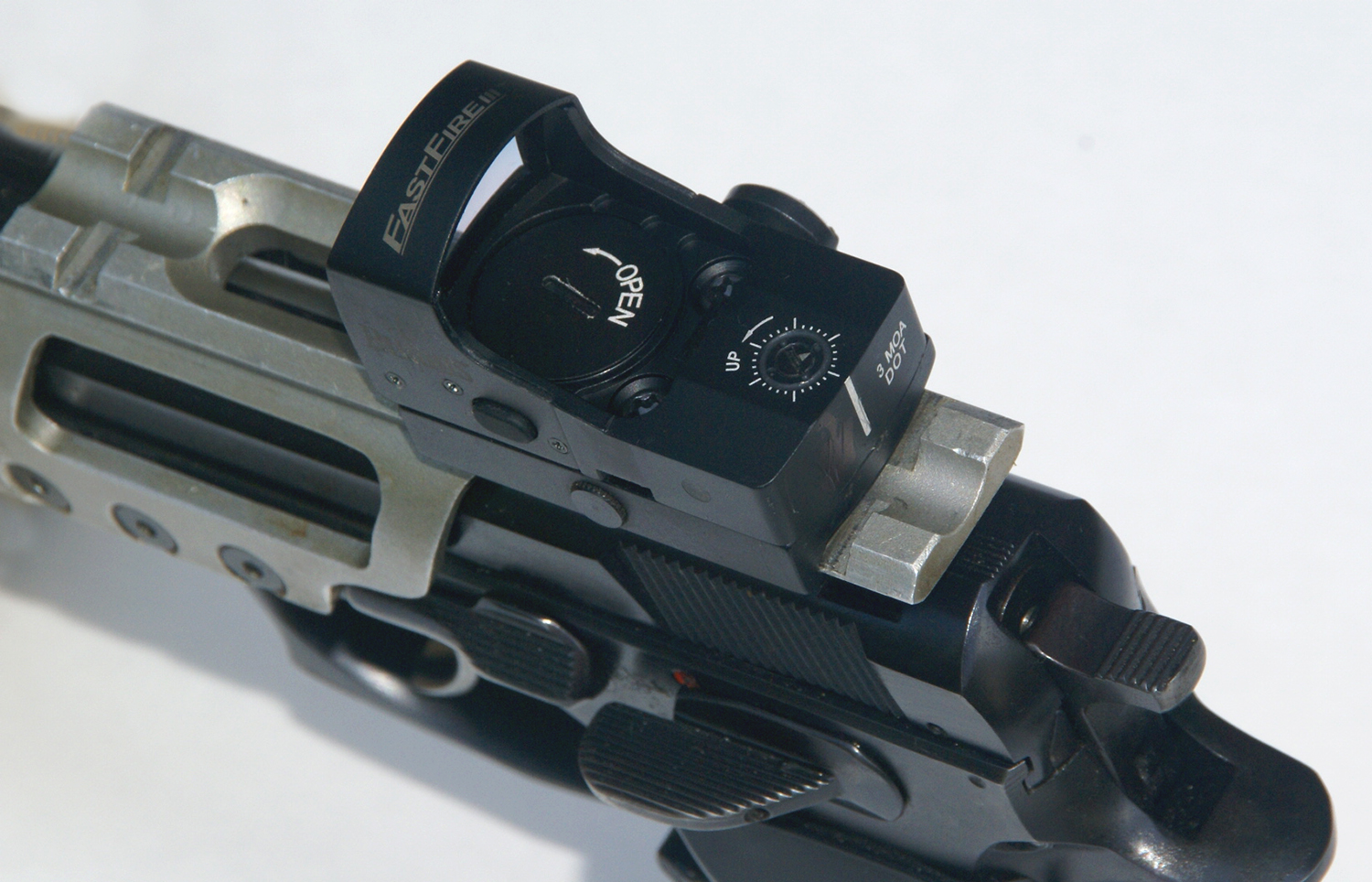
The FastFire III uses a 3V CR1632 battery and, unlike some reflex sights, doesn't require removing the sight from the mount to replace the battery from the bottom. The battery compartment is located on top and easily accessed with a screwdriver.
A single button on the left side turns the sight on and off while allowing the shooter to adjust the dot brightness. From the Off position the first push of the button turns the sight on in the automatic mode, where a light sensor adjusts the dot brightness for ambient conditions. A second push of the button delivers the brightest power setting. The third push gives a medium power, while the fourth push delivers the lowest power setting and the fifth turns the sight off.
This adjustable brightness feature eliminates the worry about having excessive flare on a dimly-lit indoor range, or not enough dot visibility on a bright desert sand range. The four power settings allow the shooter to fine tune the dot brightness to virtually any ambient light condition.
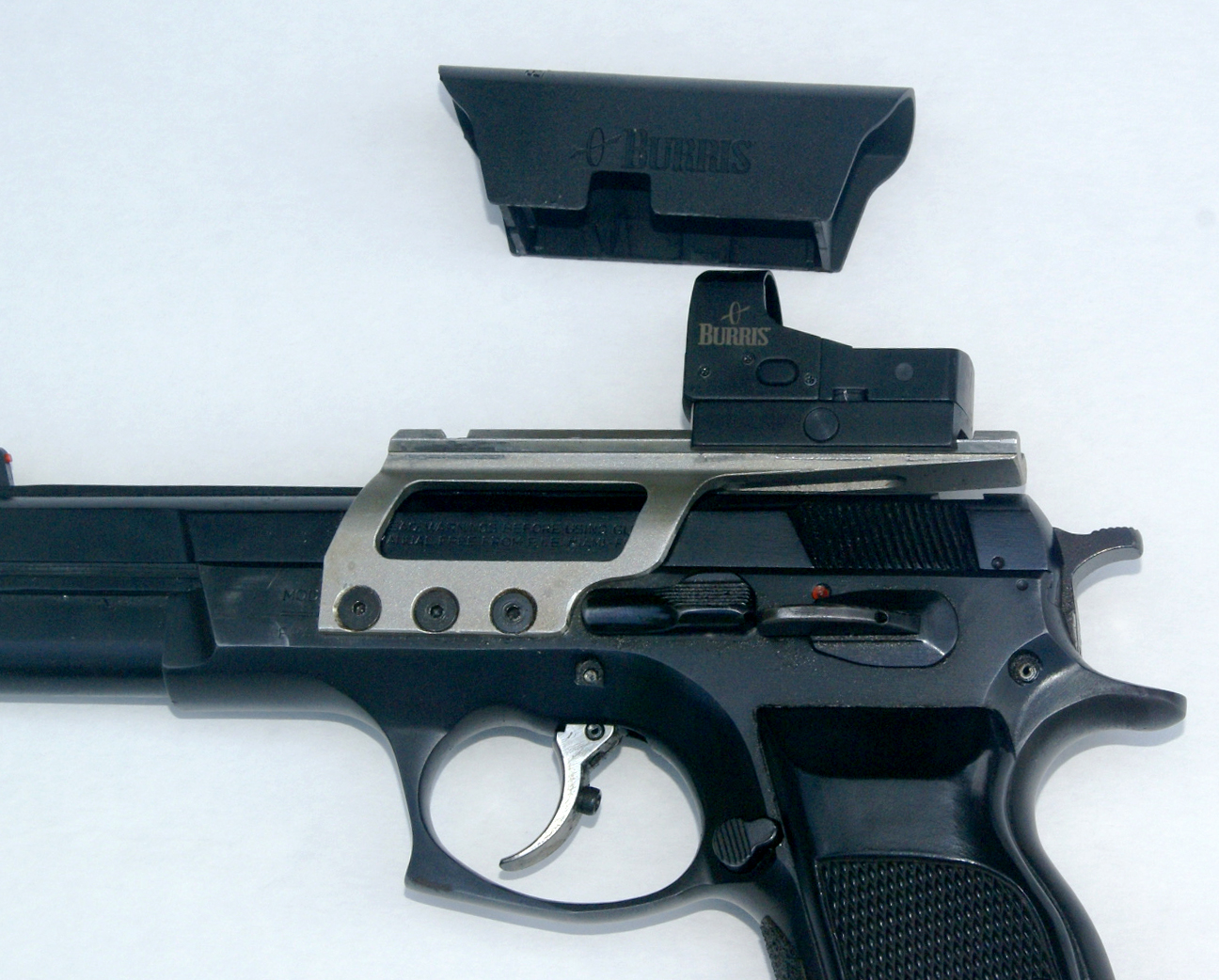
The FastFire III is available with a 3 MOA dot or an 8 MOA dot. Action pistol shooters often prefer the larger dot, although some with young eyes favor the 3 MOA. The smaller dot is normally preferred by those engaged in precision games, like the National Match Course and the sight is certainly suitable for that event.
Zeroing the sight is done in the conventional manner. You move the windage and elevation adjustments to where you want the group to go—not the dot to merge with the group. They don't feature 'click adjustments' but the windage and elevation adjustment screws are marked in clear gradations equaling 1 MOA at 100 yards (.5 inch at 50 yards, .25 at 25 yards). I had an elderly 9 mm CZ clone with a frame mounted Weaver sight base that is capable of holding a 2.5-inch group at 50 yards and the sight mounted easily.
It zeroed quickly at 25 yards and moving to 50 yards I fired a group, and was able to smoothly adjust it to the 3.36-inch 10-ring on the NRA Outdoor target. I marked both distance settings and was then able to shift easily, and accurately, between 25 and 50 yards. The adjustments are repeatable enough for precision shooters, and solid enough for action pistol competitors and 3-Gun enthusiasts.
That's a lot of versatility. And with a suggested price of $287, a very affordable option.













